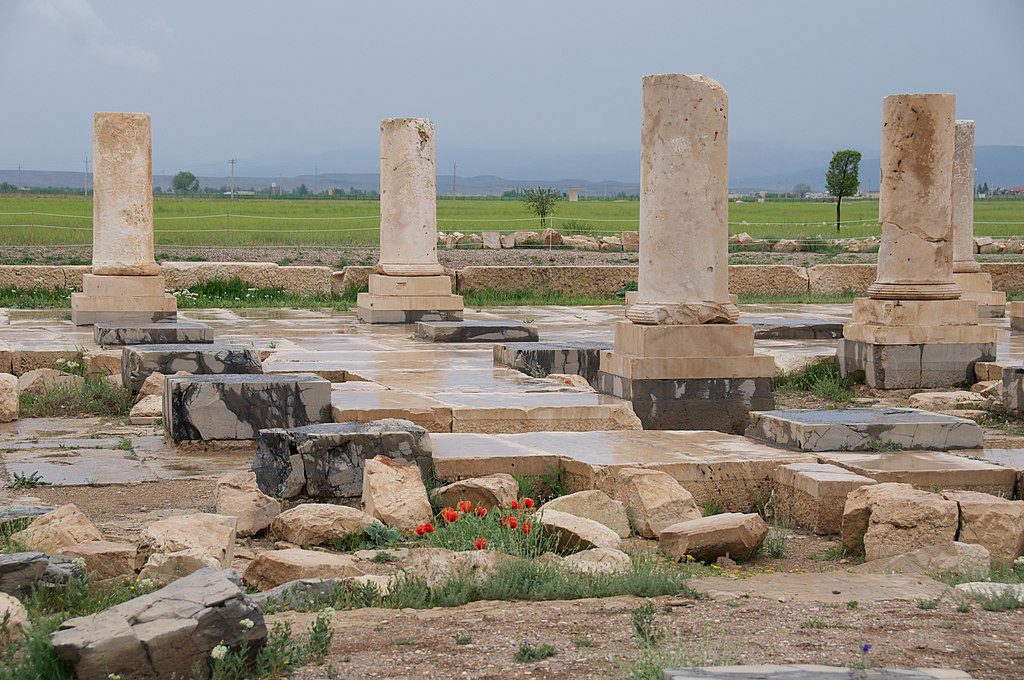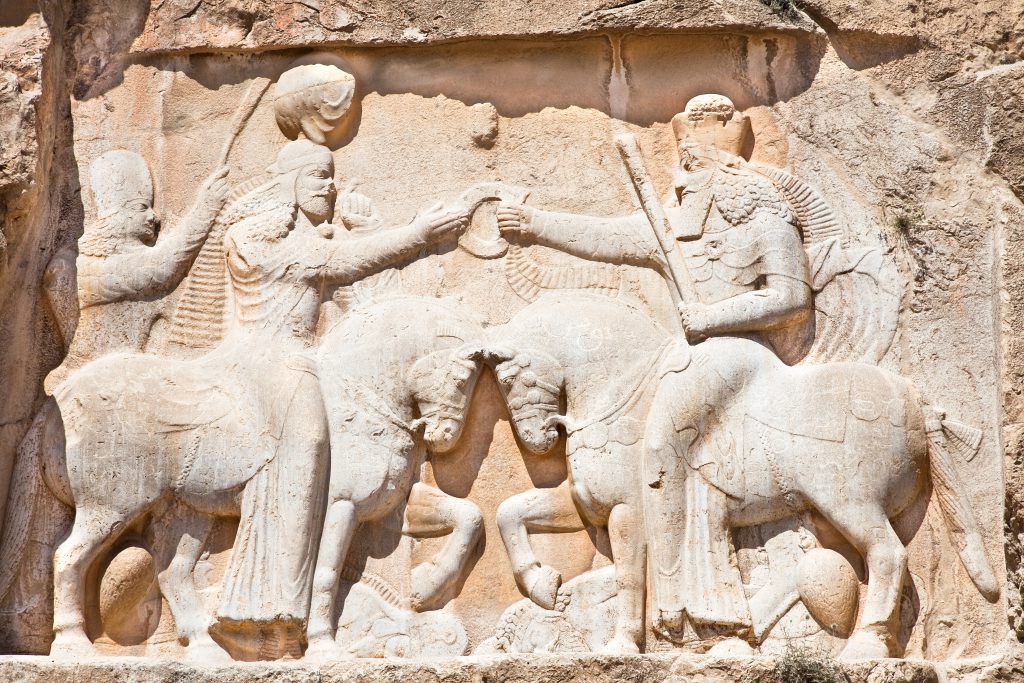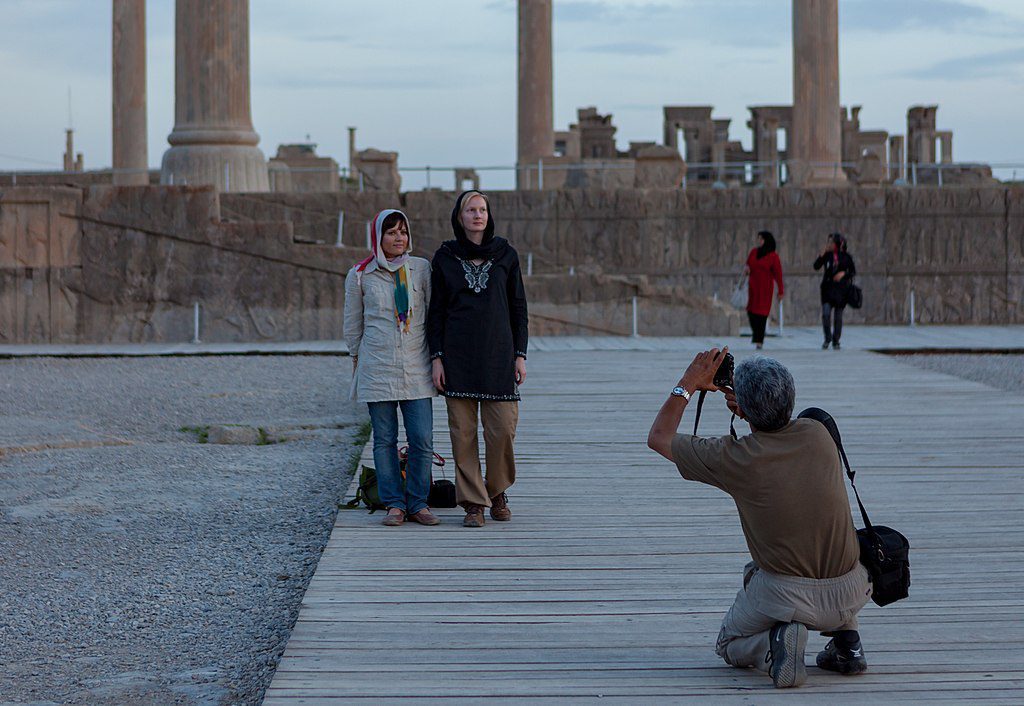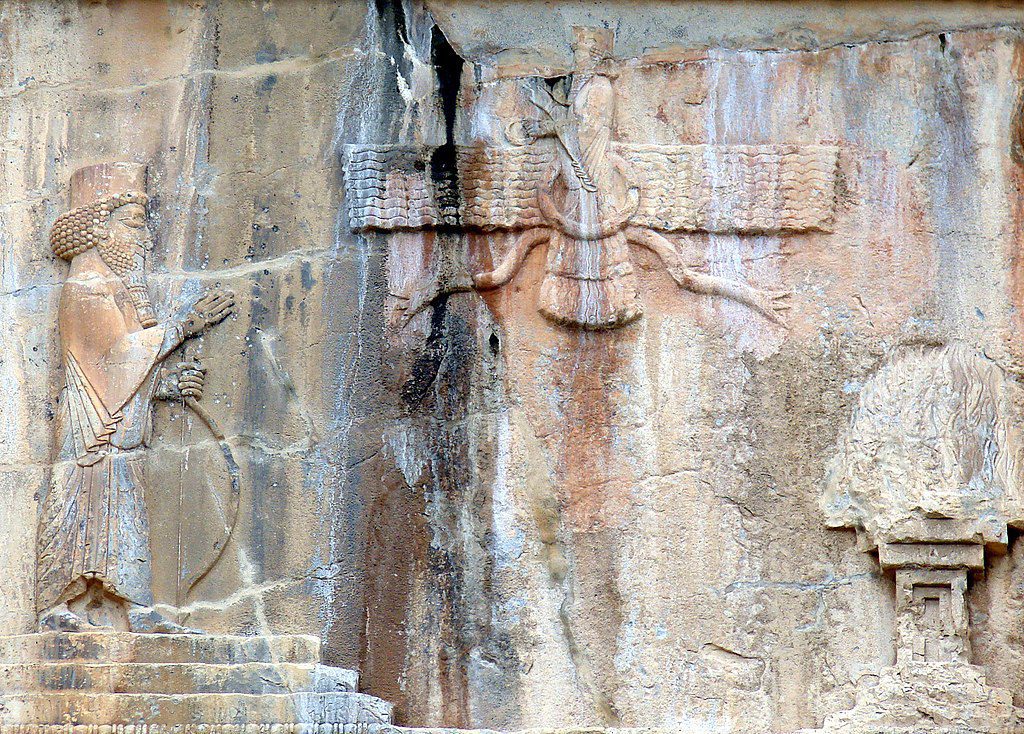Table of Contents
The Achaemenid Empire: Rise, Prosperity, and Decline
The Achaemenid Empire, or the Persian Empire, flourished from 559 B.C.E. to 331 B.C.E., ruling over vast territories encompassing present-day Iran, Egypt, Turkey, Afghanistan, and Pakistan. At its helm stood Cyrus the Great, a visionary leader who defied the conventions of conquest and chose a path of mercy and cultural tolerance. Unlike his contemporaries, Cyrus spared the lives of defeated kings, valuing their guidance in ruling over their subjects. This enlightened approach fostered a cohesive empire, where diverse cultures and religions thrived harmoniously.
Darius the Great and the Golden Age of the Achaemenid Empire
Following in the footsteps of Cyrus, Darius the Great ascended to power, propelling the Achaemenid Empire to new heights. Recognizing the need for organization, Darius established a system of provinces governed by capable officials. A vast postal service ensured efficient communication throughout the empire. Darius harnessed the wealth of the provinces to fund ambitious public works, constructing roads, canals, and cities that improved the lives of his subjects. His legacy was one of progress and prosperity.

Resurrecting the Past: Persepolis
The Architecture of Persepolis and Its Cultural Significance
Nestled in the enchanting Fars region of southwestern Iran, Persepolis stands as a testament to the grandeur and sophistication of the Achaemenid dynasty. Also known as Old Persian Parsa or “Throne of Jamshīd,” this ancient capital captures the imagination with its rich historical significance and captivating architectural marvels. Located approximately 30 miles northeast of Shīrāz, Persepolis occupies a sacred place in Persian mythology and proudly bears the UNESCO World Heritage designation bestowed upon it in 1979.
Naqsh-e Rostam Chronicles
Exploring the Ancient Tombs and Reliefs
Hidden among the rugged landscapes of Iran’s Fars province, Naqsh-e Rostam stands as a testament to the rich history of the Achaemenid Empire. Situated a mere stone’s throw away from the majestic city of Persepolis, this archaeological site holds within its ancient embrace the secrets of past dynasties. Believed to have served as a hallowed burial ground for the revered figures of Achaemenid, Parthian, and Sassanid royalty, Naqsh-e Rostam holds a captivating allure for historians, archaeologists, and curious souls alike.

The Resting Place of Cyrus the Great
Pasargadae
In the heartland of ancient Persia lies a treasure shrouded in mystique and grandeur. Pasargadae, the capital of the illustrious Achaemenid Empire, offers a mesmerizing glimpse into the history of an era long past. Within its hallowed grounds rests the magnificent tomb of Cyrus the Great, a testament to the enduring legacy of one of history’s most influential leaders. Nestled near the vibrant city of Shiraz, this awe-inspiring site was bestowed the distinguished honor of being declared a UNESCO World Heritage Site in 2004, solidifying its place as a cherished cultural and historical gem.

An Unforgettable Journey via the Achaemenid Empire with a Customized Tour
Discovering the Achaemenid Empire with ToIranTour
If you are an avid history enthusiast or simply captivated by the wonders of ancient civilizations, a journey to Iran will take you on an unforgettable exploration of the Achaemenid Empire. The Achaemenid Empire, one of the greatest empires in ancient history, left behind a rich legacy that can be witnessed in various locations across Iran. To truly immerse yourself in this grandeur, it is highly recommended to embark on a customized and tailored tour that caters to your specific interests and preferences.
